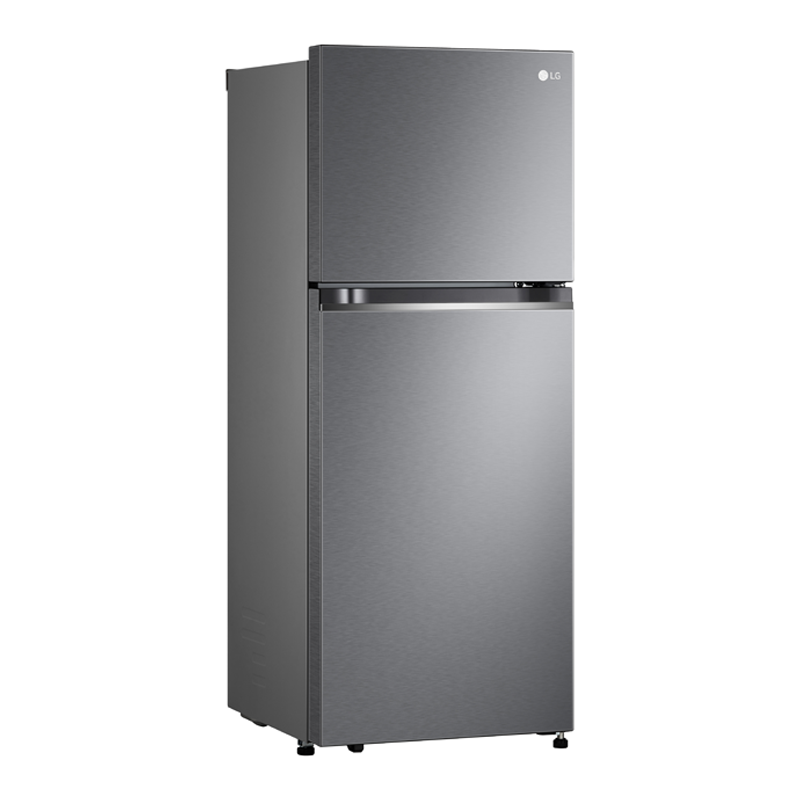When your refrigerator starts acting up, it can be a significant inconvenience. One common issue many people face is their fridge not cooling properly. If you own an LG refrigerator and you’re asking yourself, “Why is my LG fridge not getting cold?”, you’re in the right place. Here at TheKitchenApplianceDad.com, we’ve got the expertise to help you troubleshoot this problem. In this blog post, we’ll explore some common causes of this issue and provide you with practical solutions to get your fridge back to its optimal cooling performance.
Before diving into the specifics of why your LG fridge isn’t cooling, it’s essential to understand how refrigerators work. Refrigerators function by removing heat from the air inside the unit and releasing it outside. This process is facilitated by a coolant or refrigerant running through coils. A compressor, condenser, and evaporator work together to maintain the cooling cycle effectively.

Ensure the fridge is properly plugged in: Sometimes, the solution is as simple as making sure that your fridge is plugged in and receiving power. Check to ensure that the fridge’s plug is securely connected to the outlet.
Inspect the power cord for damage: A damaged power cord could be the culprit. Look for any signs of wear or damage. If you find any, the power cord may need replacing.
Adjust the temperature settings: Incorrect temperature settings are a common reason for a fridge not cooling adequately. Make sure the temperature is set between 37°F and 40°F. If the settings were changed accidentally, resetting them might solve the problem.
Check for blocked vents: Proper airflow is crucial for a fridge to cool efficiently. If the vents inside your fridge are blocked by food items or containers, it can prevent cold air from circulating correctly. Rearrange your fridge’s contents to ensure that the vents are not obstructed.
Clean the condenser coils: Dirty condenser coils can lead to inadequate cooling. Dust and debris on the coils can hinder their ability to release heat. It’s recommended to clean these coils every six months. You can use a coil brush and vacuum to clean them, which can significantly improve your fridge’s cooling performance.
Check for faulty components: Several parts could be at fault, such as the condenser fan, evaporator fan, or the thermostat. If these components are not working correctly, they could prevent your fridge from cooling. You might need a professional technician to diagnose and replace any faulty parts.
While some issues can be resolved with simple DIY fixes, others might require professional attention. If you’ve tried the above solutions and your LG fridge still isn’t cooling, it might be time to call a professional. Here are a few signs that professional help is needed:
To avoid future issues with your LG fridge not getting cold, consider these preventive maintenance tips:
A non-cooling fridge can disrupt your daily routine, but often, the solution is more straightforward than it seems. By understanding the potential causes and following the troubleshooting steps outlined above, you can often resolve the issue yourself. However, don’t hesitate to call a professional if the problem persists or you’re unsure about performing any repairs on your own.
Remember, at TheKitchenApplianceDad.com, we’re here to help you with practical tips and expert advice on all your kitchen appliance needs!

